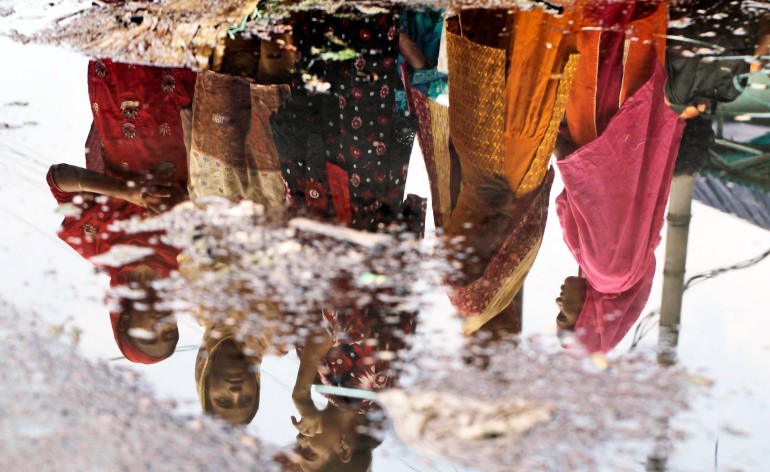Does fast fashion kill?
What effects does fast fashion have on us? And what about the wider world? For today’s post, I will be discussing 6 things you may not have known about fast fashion:
1) It causes a ‘disposable fashion’ attitude
You know those days when you stand in front of your wardrobe, and despite everything in there- the clothes bought on a whim, the sale items you didn’t actually need and the dress bought for one night, you can’t find a thing. Fast fashion tempts people to shop more often and fashion items become disposable and seem to have little worth.
2) It aids the decline of manufacturing clothing in the UK & USA (and other developed, western countries)
About 90% of clothes bought in the UK are not manufactured there, (source), and only 2% of clothes made in the USA are manufactured there (source) as two developed countries, both have a low secondary sectors in terms of employment anyway, but you can’t pay workers here a decent wage and continue selling fast fashion items at the low prices they are at today, from 2000-09 in the UK employment for the manufacturing of clothes decreased from 285 thousand workers to 99 thousand.(source)
3) It aids the increase of exploitation of oversea workers
Following what I said in two, clothes are made in countries where the majority of the time two things happen: 1) the workers are paid minimal amounts 2) they work in a “no strings attached” way meaning the brands don’t need to do anything for the workers in the conditions they work in. Without meaning to make out these fast fashion companies as monsters, there are 40 million garment workers in the world today, many do not have basic human rights to protect them like people in the west do, we have reached crazy high levels of inequality. These countries are so desperate for the money that they are willing to put up with the awful conditions because it’s better than nothing. Here is a video talking more about the conditions . I read about someone trying to defend this type of exploitation, saying, although it seems bad to us, to them it’s the best option compared to other job options, in fact working there would be seen as lucky, this shouldn’t be a justifiable excuse.
4) It has negative effects on the environment
Did you know that the fashion industry is the second most polluting industry in the world, beaten only by the oil industry? There are several reasons for this, firstly because of the throwaway society we have become – 500,000 tonnes of textiles goes to landfills every year compared to the 2 million tonnes bought from shops. (Source) Secondly, fiber production takes 145 million tonnes of coal and about 2 billion tonnes of water (source) – just to make the fiber. Lastly, textile factories dump dye effluent and other chemicals into communities drinking water and pollute the land used for farming and living on in the exploited countries which can have devastating impacts on the people and animals living there.
5) Growing the materials is killing people
I remember a while ago, I watched a documentary on the ethics of fashion, and it was talking about a cotton farmer who got a brain tumur and sadly passed away because of the pesticides he used on his cotton plantation and in a Eastern country, the whole community were dying because of these pesticides – is it really worth it? Genetically modified cotton absorbs 11% of the pesticides- is it really healthy to be wearing this?
6) Manufacturing the products is killing people
Going back to the exploited workers stuck in horrible conditions- these sweat shops can cause death. For example The Rana Plaza Garment factory in Bangladesh which collapsed because of the terrible factory conditions (here’s the video) 1,129 garment workers died that day- for what? So a brand could save money and not repair the factory? So we could continue to get our clothes at the cheapest price? At what point did cheap clothes mean more than someone’s life?
As consumers, we have become increasingly disconnected to the journey of our clothes and the hardships which many have gone through for us to be able to get this fast fashion. For more information, I strongly recommend watching the ‘True Cost‘ documentary, I honestly didn’t expect it to be so eye opening. I hope today’s post helped change your views on sweat shops and the ethics of fast fashion.


